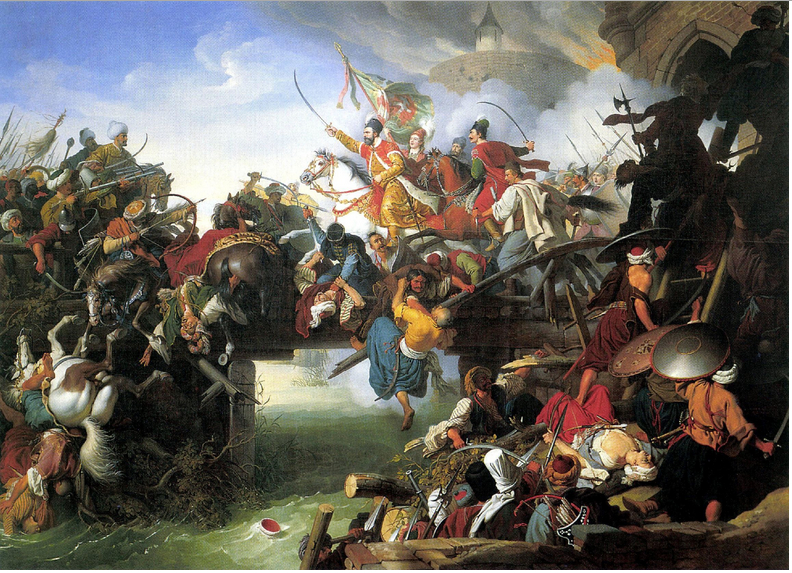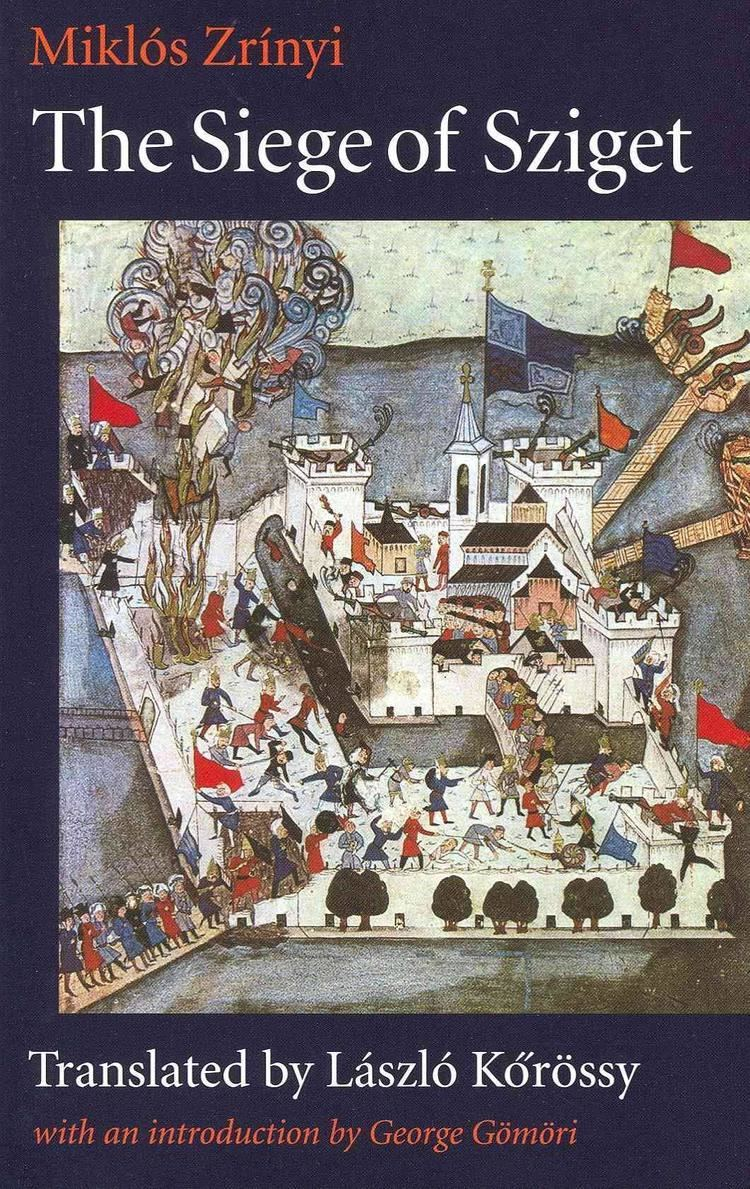Siege of Szigetvár
On August 2, 1566, picture yourself as one of the Hungarian stronghold's defenders serving under Count Nikola Zrinski. Szigetvár is being defended by 2,300 Croatian and Hungarian soldiers. Sultan Suleiman's 100,000-strong Ottoman army has started to arrive. The Ottomans also possessed 300 guns. The only real advantage the defenders have is a well-constructed wall and moat. Would you have the fortitude to withstand those challenges even for a day?
The Ottomans mounted three significant assaults during the following month in between intense bombardments. The Ottomans lost more people to disease than to battle because they were stranded in location in such huge numbers, most notably Sultan Suleiman. After the Sultan's death was kept a secret, the Ottomans finally overran the Szigetvár fortifications the following day. Even that came at a high cost for them because Zrinski had planted explosives to completely demolish the town and eliminate many more Ottomans. The Ottomans withdrew as a result of the exceedingly pyrrhic triumph.
The ultimate sacrifice made by Zrinski and his troops may not have been required, casting the heroic in a more tragic perspective. In contrast to the huge Ottoman army, more than 80,000 Habsburg soldiers under Emperor Maximilian were stationed close to Szigetvar and had a month to end the siege. Given that there was such a sizable army prepared to meet the Ottomans in any case, it doesn't seem plausible, as some have said, that the fate of Eastern Europe would have been in doubt if the Suleiman had survived or the citadel had fallen a little sooner.
Date: 6 August 1566 – 8 September 1566 (1 month and 2 days)
Location: Szigetvár, Kingdom of Hungary, Habsburg monarch
Result: Ottoman victory
Territorial changes: Ottomans capture Szigetvár, joining it to the Ottoman Budin Eyalet












